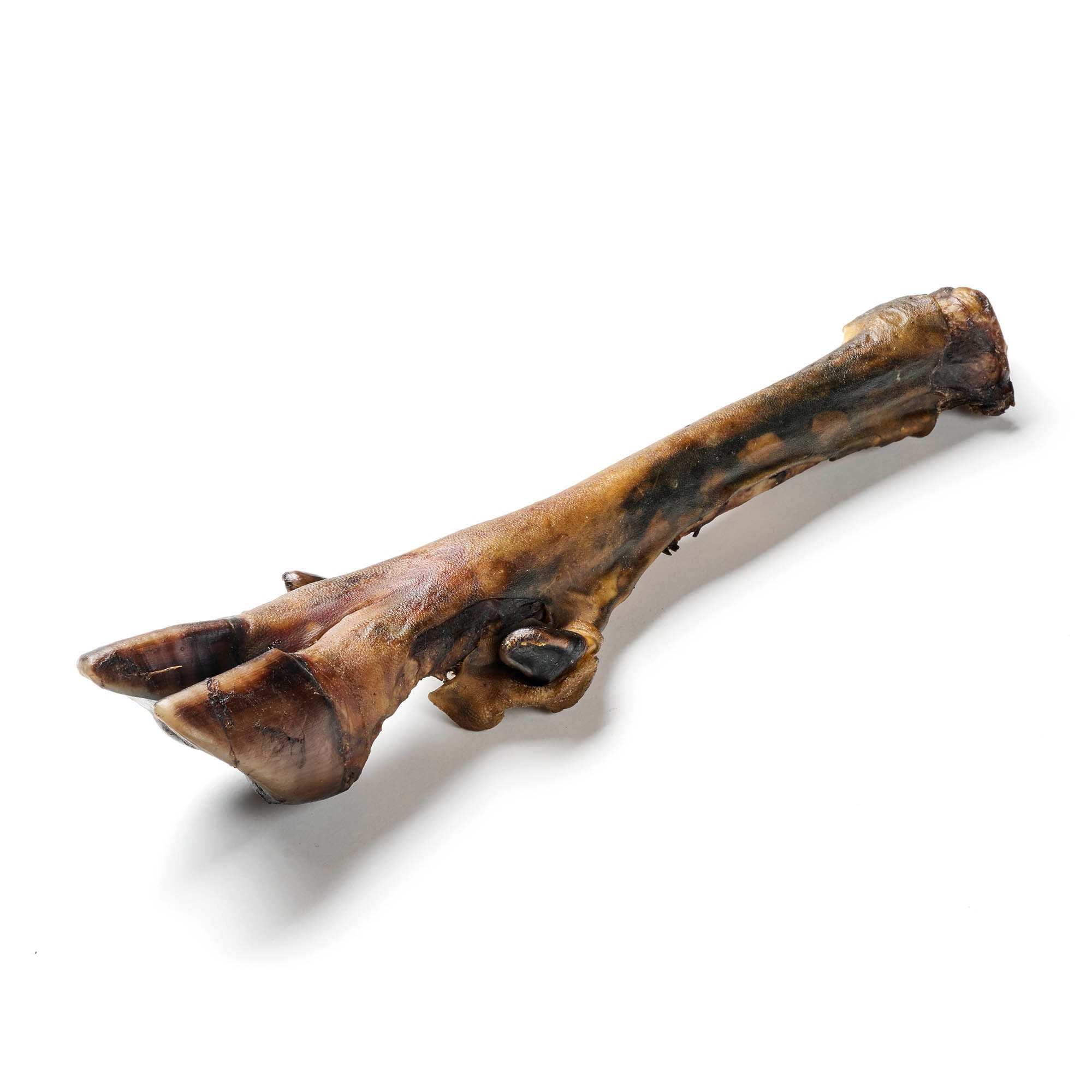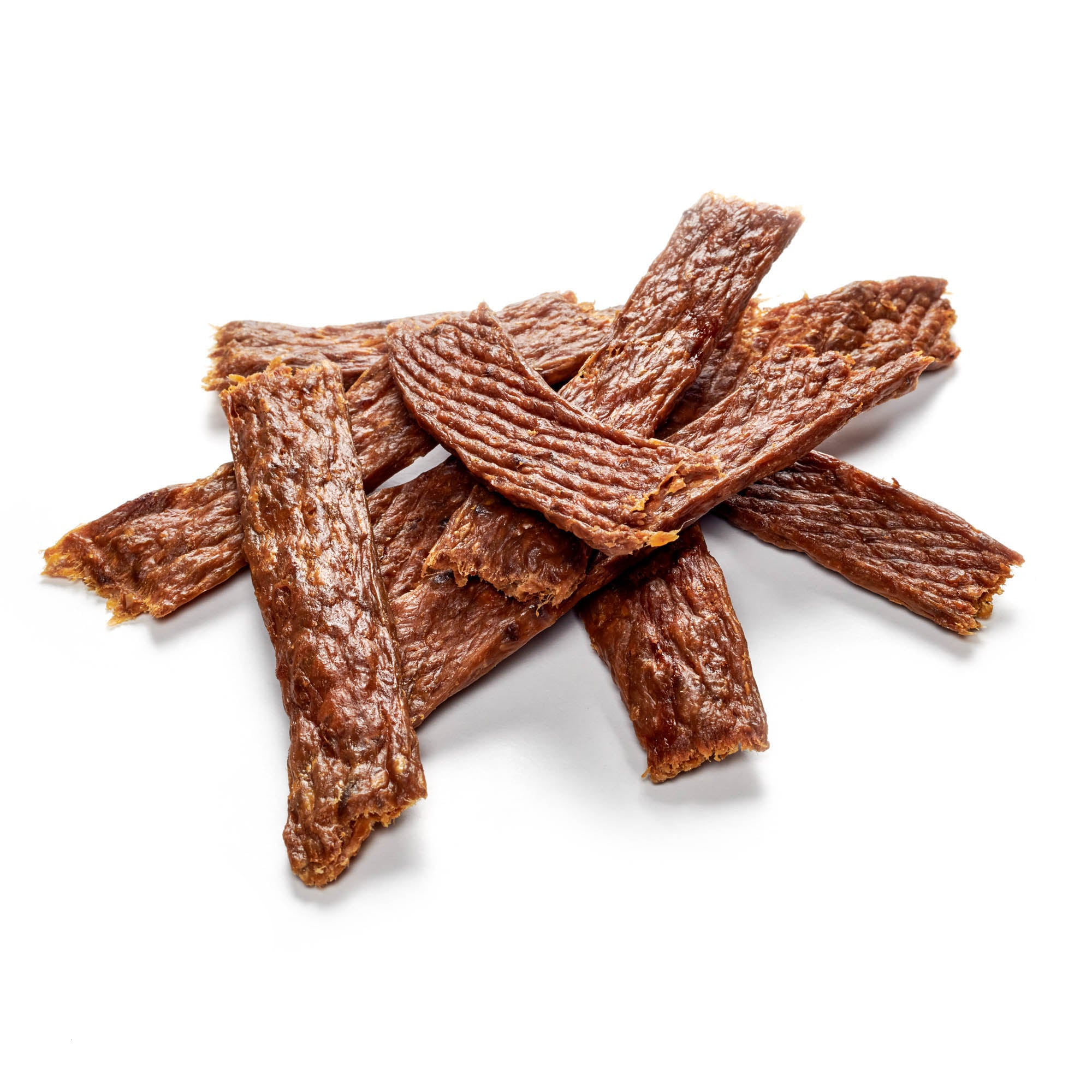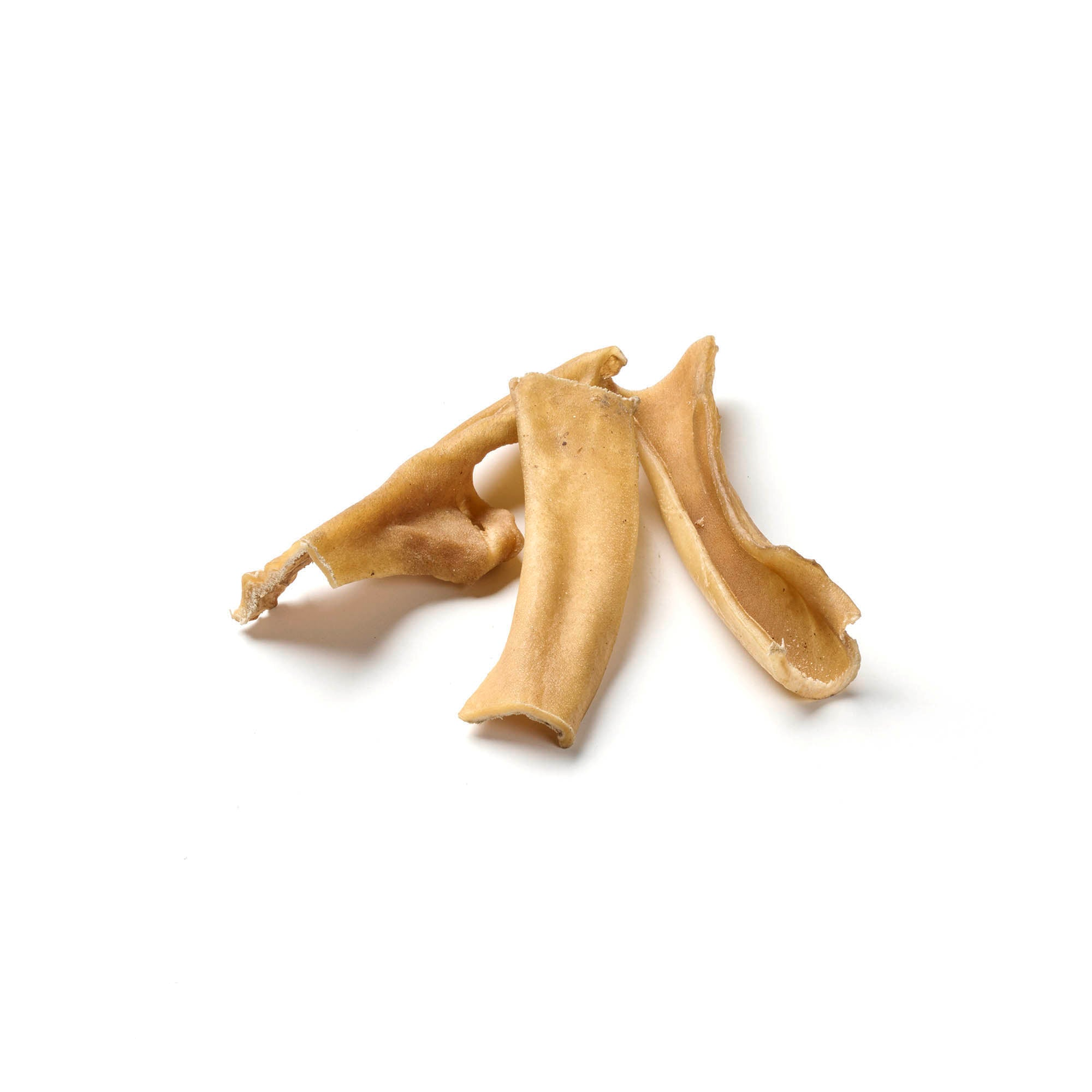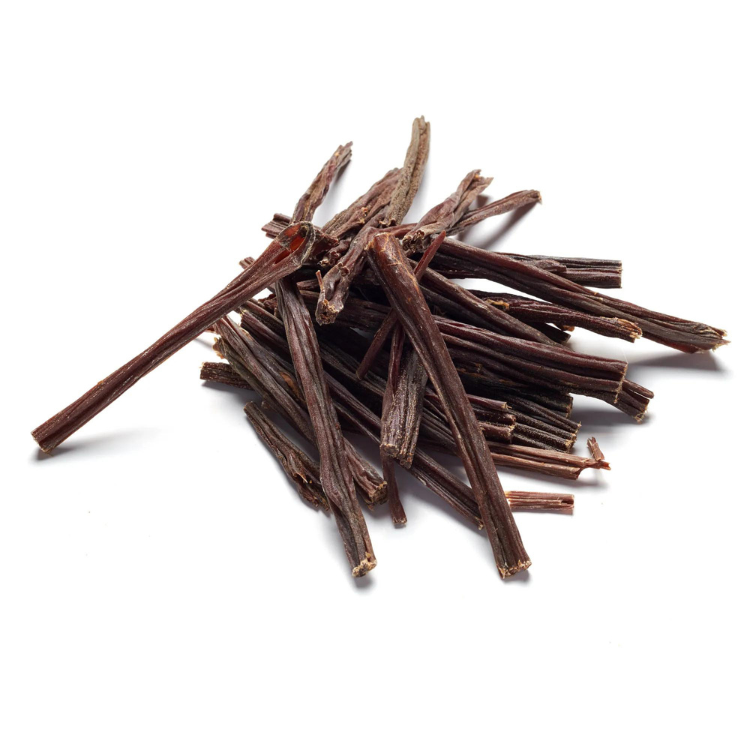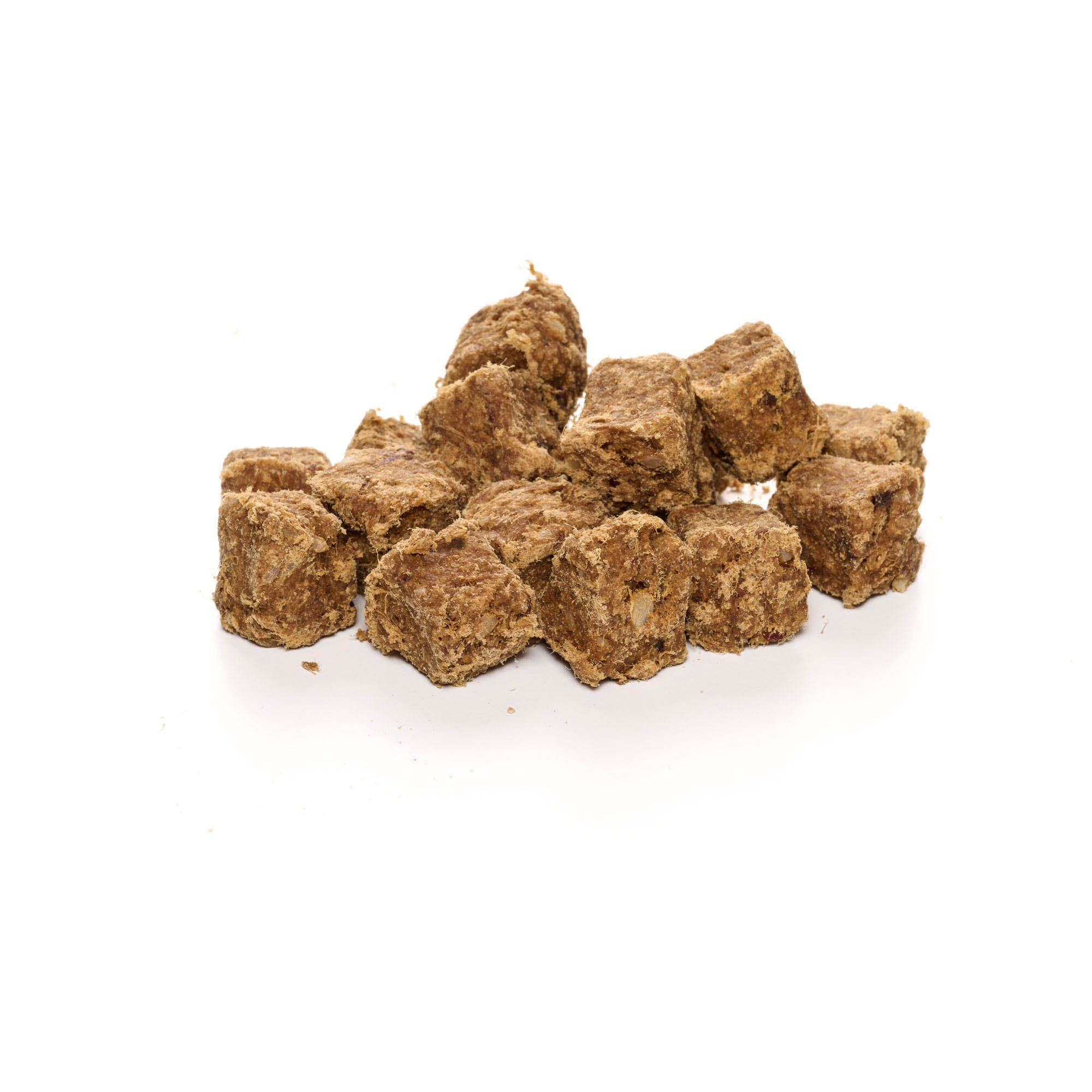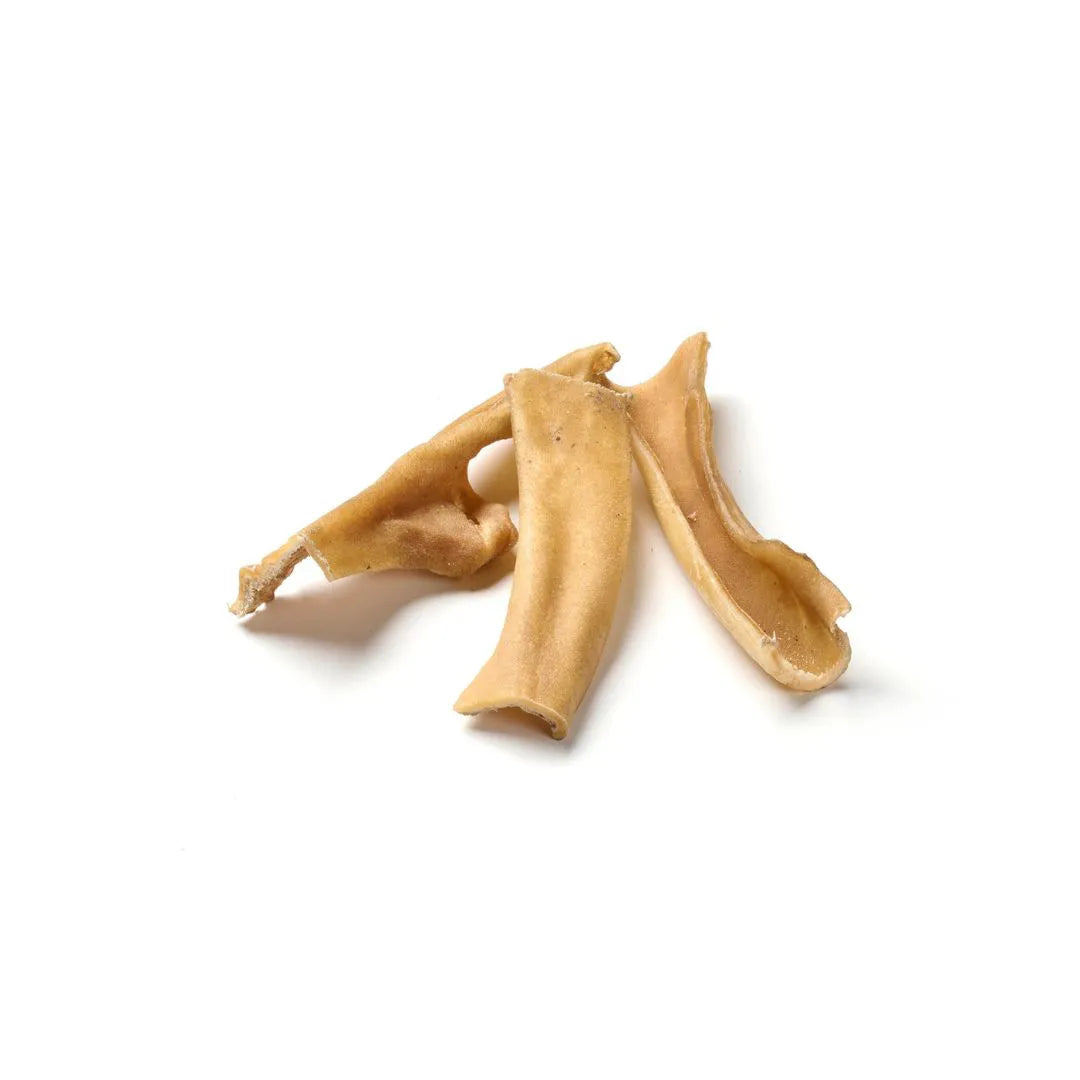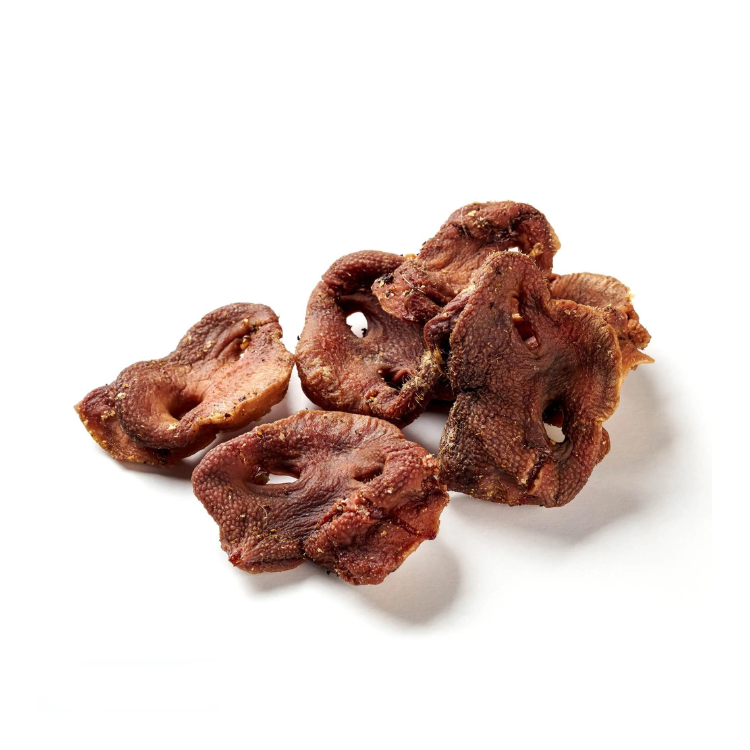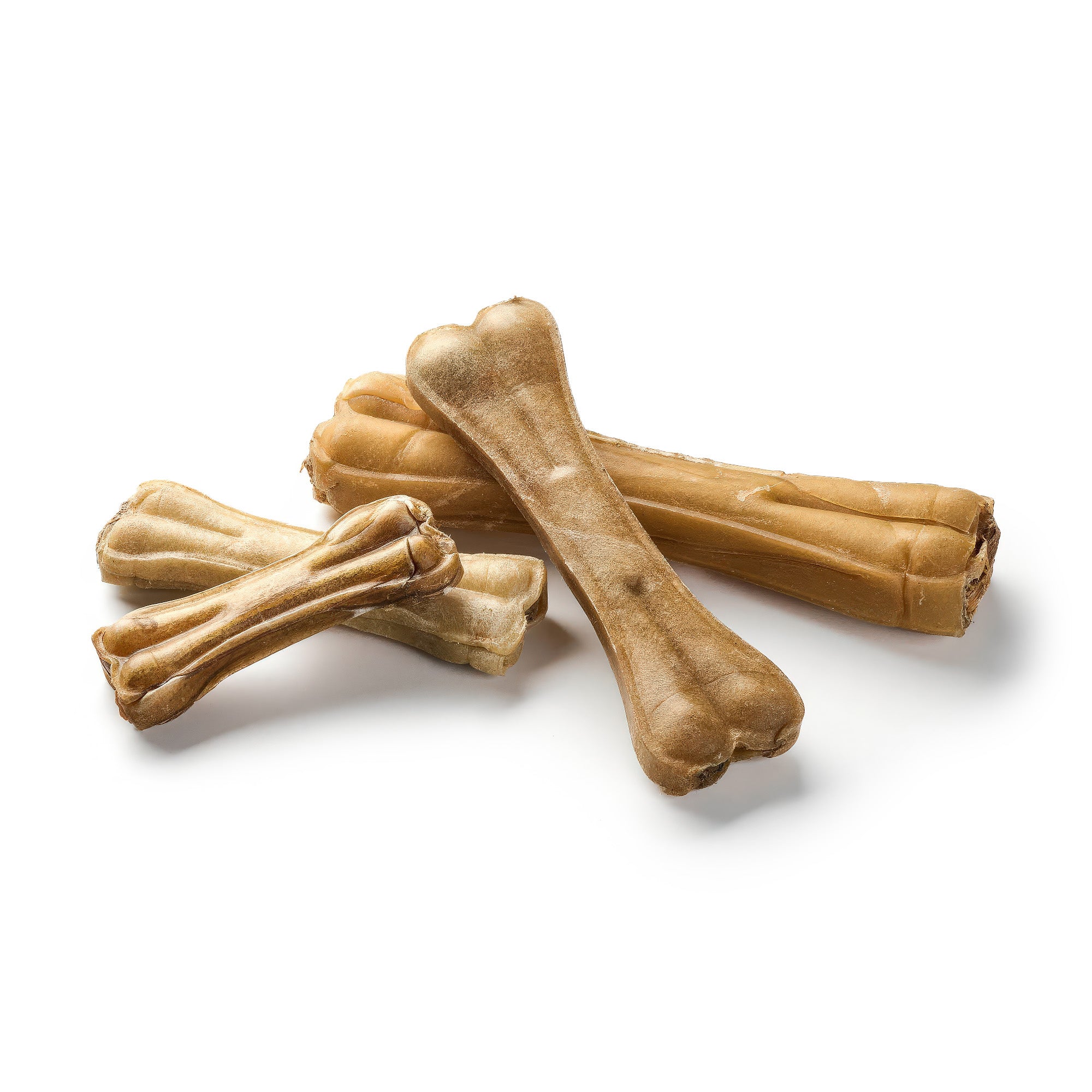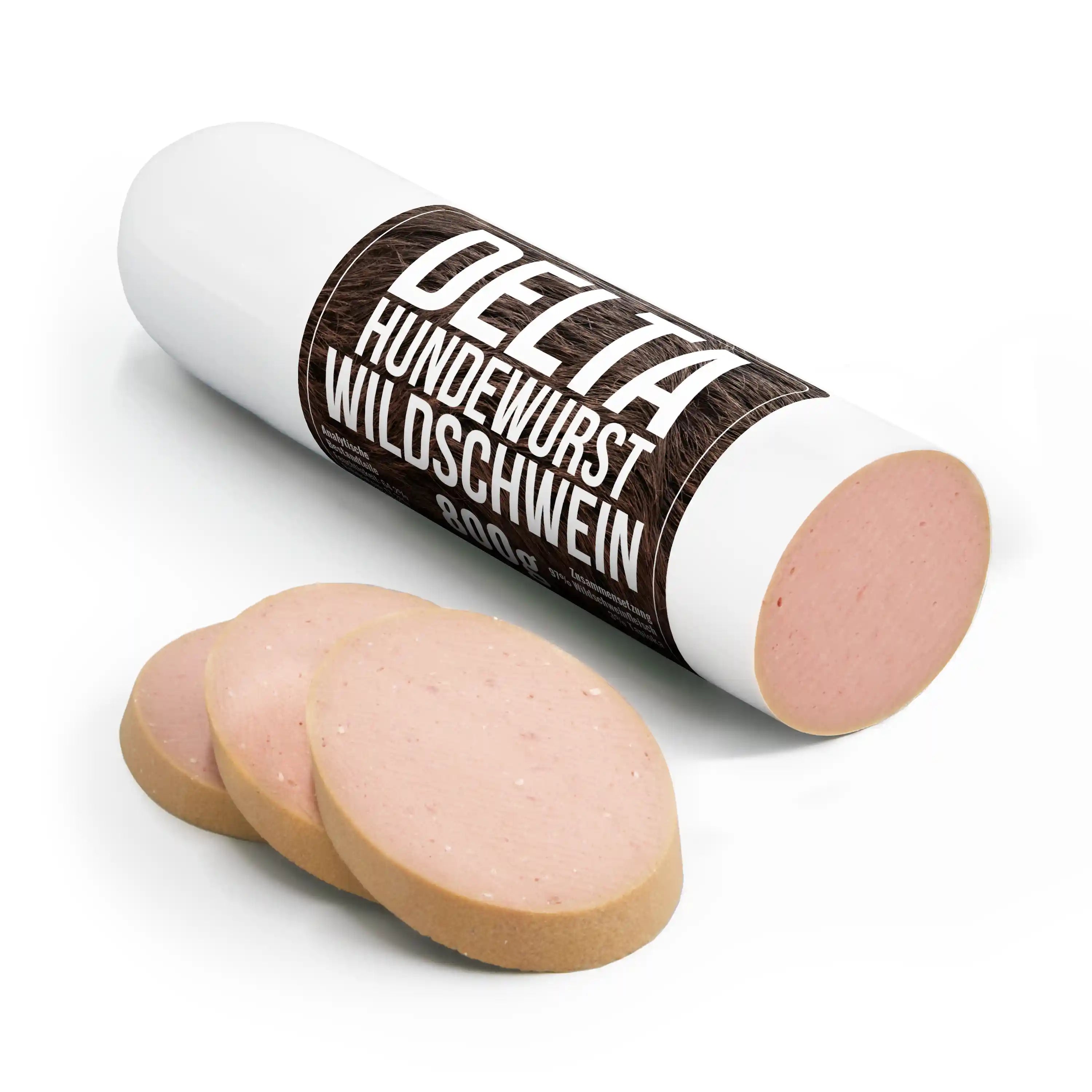
Kangal Shepherd Dog
Share
The Kangal Shepherd Dog (Turkish: Kangal Çoban Köpeği) is a stocky and impressively powerful dog originating from Turkey.
Content: Kangal Shepherd Dog
- profile
- Special features
- Nutrition
- Health and care
- Origin and history
- The right accessories
- Conclusion
High quality dog snacks to pamper your dog, now available!
al Shepherd Dog - Profile- Character: alert, independent, self-confident, defensive
- Size: Large
- Height: 65-78cm
- Weight: 42-64 kg
- Life expectancy: 12-16 years
- Coat type: thick, rough top coat of medium length with dense undercoat
- Colour: Colour should be uniform and range in shade from beige to wolf grey
- Special features: List dog (fighting dog)
- FCI Group: Pinschers and Schnauzers – Molossers – Swiss Mountain Dogs and other breeds
Kangal - Special characteristics
peaceful and calm animal. Due to its protective instinct, the Kangal can also become suspicious of strangers. If it believes its charges are in danger, the Kangal attacks suddenly and decisively. Therefore, the Kangal needs clear leadership and strict training so that it does not pose a danger to those around it. Attending a dog school is essential for learning the basic requirements. The Kangal can usually only develop its qualities in a quasi-natural environment. Without spatial and financial freedom, however, keeping the large animal can be difficult.
The Kangal is large, upright and powerfully built. It is a herd protection dog with its typical dark mask. It is usually not aggressive but is an excellent guard and can move at high speed. Its constitution is extremely robust. The rectangular body is covered with thick, medium-length hair.
The Kangal is not really suitable as a family dog. It is not without reason that it is on the list of dangerous dogs and can often only be kept under certain conditions.
Kangal - What should be considered regarding nutrition?
In terms of food, the Kangal is certainly one of the most undemanding dog breeds there is. There is special dog food for puppies of large breeds. This has the appropriate protein and fat content necessary for the growth of the giant dogs. Too high a carbohydrate intake can lead to bone damage in this breed of dog. It is important to keep an eye on the Kangal's waist, as it must not be overweight under any circumstances. If it puts on too much fat, you can put the dog on a diet or encourage it to exercise more.
However, don't be fooled: despite its amazing size, the Kangal doesn't need much dog food . The breed has adapted to the meager food supply of the Anatolian mountains. A diet with too much animal protein should also be avoided. This could potentially lead to allergic reactions.
Make your dog happy with our tasty chews!
Kangal - Health and Care
The Kangal is also an undemanding animal when it comes to care. It should of course be brushed regularly. Especially during the shedding period, it is advisable to give the big rascal a hand every day and remove his wool. As a rule, the shepherd dogs are characterized by very robust health. The challenge in keeping these dogs is definitely more in training than in care. Since the Kangal should spend a lot of time outside, it is of course important to check the dog regularly for ticks . Even as a puppy, the dog should be accustomed to having its whole body regularly checked for injuries or illnesses. This way, if in doubt, you can be sure that it will let you touch every part of its body if necessary. Older dogs can get longer claws, which should then be trimmed with suitable claw clippers.
Kangal - Origin & History
Although efforts have been made to determine the origin of the Kangal, it is not possible to determine it exactly. The Kangal breed is deeply embedded in Anatolian culture and is considered the national dog of Turkey. It is believed that the Kangal originates from nomadic pastoralism and has proven itself early on as a herd protection dog in the fight against predators. It is assumed that the origin of today's Kangal lies in eastern Turkey and that it mainly guarded the Akkaraman sheep that are widespread there. The black mask makes the dog resemble these sheep and does not stand out particularly from the flock of sheep. This made it difficult for predators to discover the protector and so they were repeatedly chased away by the powerful Kangal. The name goes back to the city of Kangal in the province of Sivas. Since 2018, the FCI has recognized the Kangal as an independent breed.
Kangal - The right accessories
First and foremost, the Kangal needs to be able to run around in as large a fenced-in area as possible, which it feels obliged to guard. The collar and leash should be appropriate for the dog's size and strength. Since the dog is listed, it is essential to have a muzzle that can be put on when necessary in order to comply with legal requirements and protect the environment from the powerful dog. Even if it is not necessary in your region, it is advisable to get the Kangal used to it from an early age. When looking for pet accessories, look for accessories for large dogs and get advice there if you know your companion's individual preferences better.
Conclusion
The Kangal Shepherd Dog is a strong, proud and alert dog with deep roots in Turkish culture. As a livestock guardian dog, it requires clear leadership and consistent training. Its size and strength make it an impressive animal whose care requires responsibility and compliance with legal requirements. It is undemanding in terms of diet and care, but requires sufficient exercise and regular grooming. The history of the Kangal goes back a long way to nomadic livestock farming in Turkey. With its official recognition as an independent breed by the FCI in 2018, it has found its place among the dogs of the world.
Pamper your dog with our chew products!

